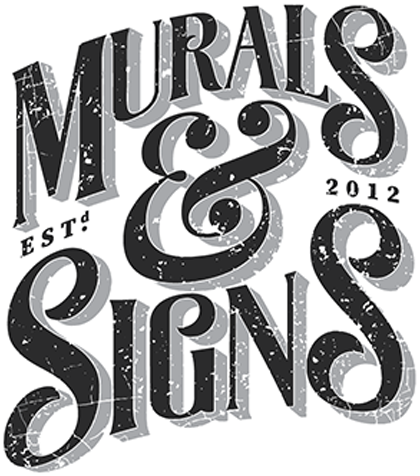Introduction
Commercial murals have become an increasingly popular and impactful form of artistic expression. These large-scale artworks not only beautify public spaces but also serve as effective marketing tools for businesses. To create a truly captivating commercial mural, artists need to employ the best techniques that bring their vision to life while ensuring the longevity of the artwork. In this article, we will explore the top techniques used by successful mural artists to paint exceptional commercial murals that leave a lasting impression.
Preparing for Success
Before diving into the painting process, mural artists need to set the stage for a successful project. Proper preparation ensures that the mural not only looks impressive but also stands the test of time.
Conceptualizing and Planning
The foundation of a successful commercial mural lies in a well-conceptualized plan. Before picking up a brush, artists must visualize the final artwork and plan each detail carefully. This stage involves client collaboration, understanding the space, and considering the mural’s purpose and message.
Surface Evaluation and Preparation
Understanding the surface is crucial for achieving the best results. Mural artists must assess the texture, porosity, and condition of the wall or substrate. Proper surface preparation, including cleaning, priming, and repairing imperfections, ensures a smooth and durable canvas for the mural.
Mastering the Art of Composition
A well-composed mural grabs attention and communicates the intended message effectively. The composition determines the visual flow, balance, and focal points of the artwork.
Considering Scale and Proportions
Scaling the mural appropriately to its environment is essential. The size and proportions of the elements in the artwork should complement the space and create a harmonious visual impact.
Creating Depth and Perspective
Achieving depth and perspective adds a three-dimensional quality to the mural, making it visually captivating. Skillful use of shading and overlapping elements creates the illusion of distance and enhances realism.
Balancing Color and Contrast
A balanced color scheme enhances the overall impact of the mural. Artists must consider the psychology of colors and use contrast strategically to draw attention to focal points and important elements.
Selecting the Right Materials
Using high-quality materials ensures that the mural remains vibrant and durable, withstanding the elements and the test of time.
Acrylic Paints – A Versatile Choice
Acrylic paints are a popular choice for commercial murals due to their versatility, quick drying time, and excellent color vibrancy. They adhere well to various surfaces and are suitable for both indoor and outdoor murals.
Quality Brushes and Tools
Investing in high-quality brushes and tools is essential for achieving precise details and smooth application. A variety of brushes, including flat, round, and detail brushes, are necessary for different parts of the mural.
UV-Resistant Sealants
To protect the mural from UV rays and environmental factors, applying a UV-resistant sealant is crucial. The sealant also helps prevent fading and ensures the longevity of the artwork.
The Magic of Layering and Blending
Layering and blending are essential techniques that add depth and texture to the mural, creating a realistic and immersive experience for viewers.
Building Layers for Realism
Layering involves gradually building up colors and details to achieve depth and dimension. This technique is especially effective for natural elements like landscapes and portraits.
Seamless Blending
Blending colors seamlessly is crucial for smooth transitions and realistic effects. Skillful blending techniques result in lifelike gradations that enhance the overall quality of the mural.
Embracing Technology and Digital Techniques
Advancements in technology have opened new possibilities for commercial mural artists. Embracing digital techniques can streamline the process and enhance creativity.
Digital Mural Design and Mockups
Digital tools allow artists to create detailed designs and mockups, helping clients visualize the final artwork before starting the physical painting.
Projector Techniques for Scaling
Using projectors to scale the mural design on the wall saves time and ensures accurate proportions, especially for large-scale murals.
Collaborating and Engaging the Community
Commercial mural projects often present an opportunity to collaborate with the community and engage the audience in the creative process.
Community Involvement and Feedback
Involving the community in the design process fosters a sense of ownership and pride in the mural. Artists can gather feedback and insights to make the artwork more meaningful to the community.
Creating Interactive Murals
Interactive elements, such as photo spots or augmented reality features, make the mural experience more engaging for viewers and encourage social media sharing.
Conclusion
Creating exceptional commercial murals requires a combination of skill, planning, and the right techniques. By carefully considering composition, mastering layering and blending, selecting quality materials, and embracing digital tools, mural artists can bring their vision to life in ways that captivate audiences and leave a lasting impression. Furthermore, community involvement and engagement add a touch of uniqueness to the mural, making it not only a work of art but also a memorable and cherished part of the community. With the best techniques in hand, mural artists can confidently embark on their next commercial mural project, turning blank walls into stunning masterpieces that enrich the spaces they adorn.
